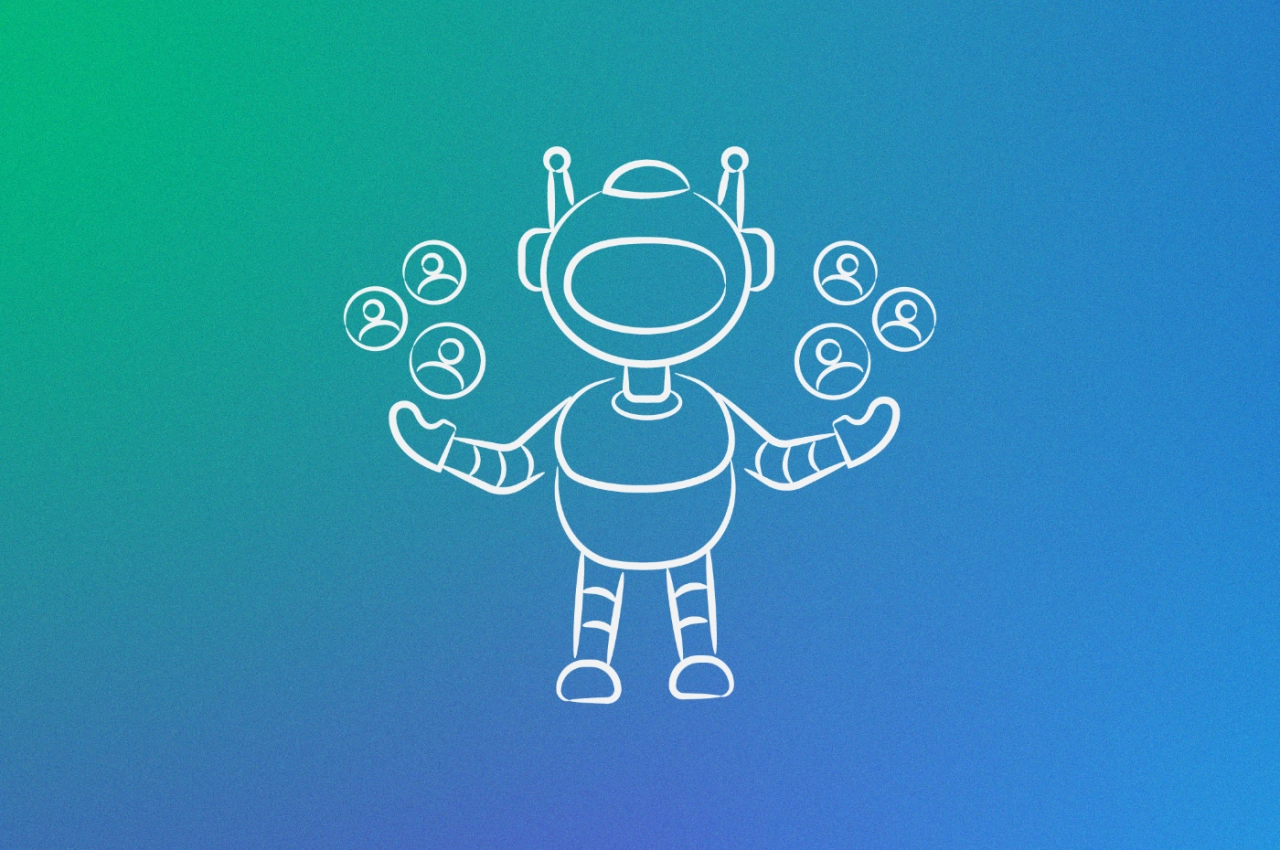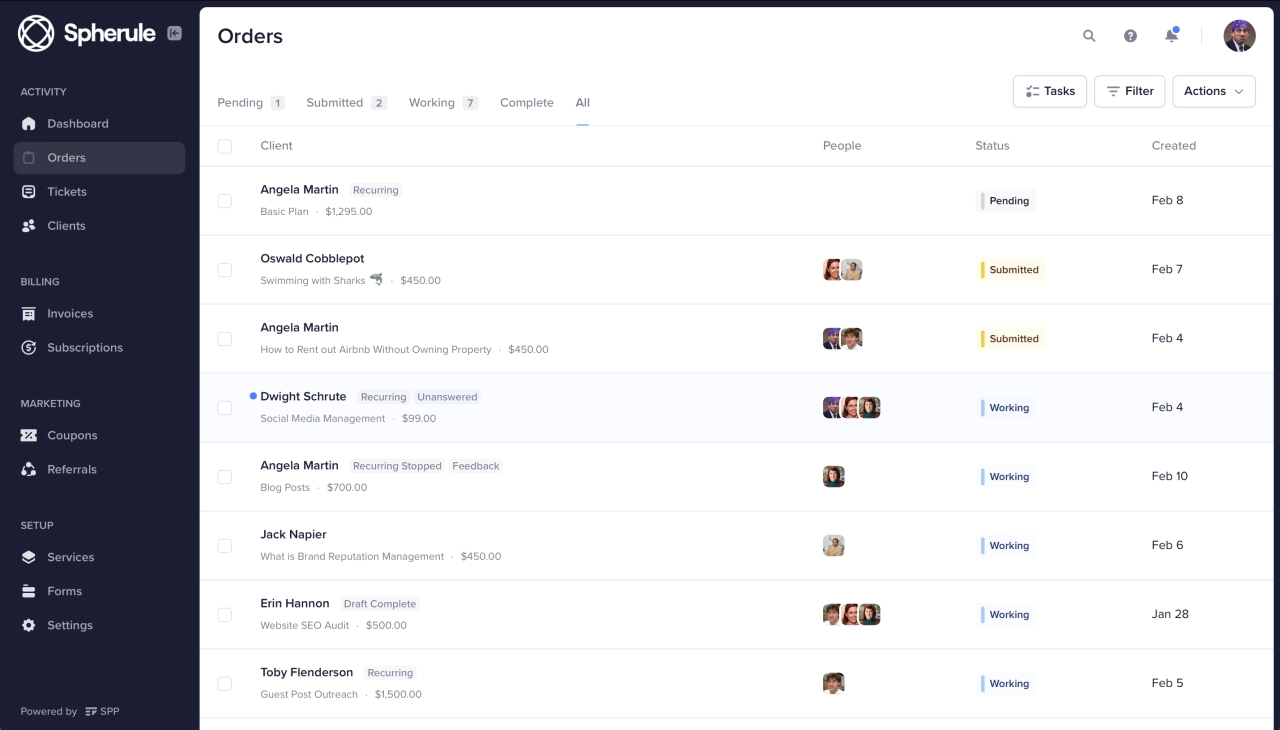- Automated lead generation combines technology and marketing tactics to generate leads online with minimal human involvement.
- Strategies for automating lead generation include cold email outreach, custom chat messages, automated inbound marketing, automated advertising.
- Ensure that you regularly clean up the gathered data, segment leads based on interest, and create buyer personas.
Marketing isn’t just about lead generation, and lead generation isn’t solely marketing. In today’s data-driven world, where every customer journey step is tracked, marketing and lead generation are closely linked.
While automated lead generation can significantly boost marketing with little effort, it’s not a magic solution or a one-size-fits-all answer. Let me guide you through the process step-by-step.
What is automated lead generation?
Automated lead generation is the practice of using a combination of technology and marketing tactics to generate leads online. This practice revolves around the idea that automated systems can help businesses identify, reach out to, and convert potential customers easier than manual processes.
How does automated lead generation work?
The way lead generation automation works depends on the specific tactics employed. Generally, most automated lead generation systems employ a combination of email marketing, website analytics and tracking, content marketing, social media marketing, and advertising—all on a more or less autopilot that requires less human involvement than manual lead generation.
Many outsourced lead generation services rely on automation in order to be financially viable. While there are limits to how much can be automated, it does cut down costs significantlly.
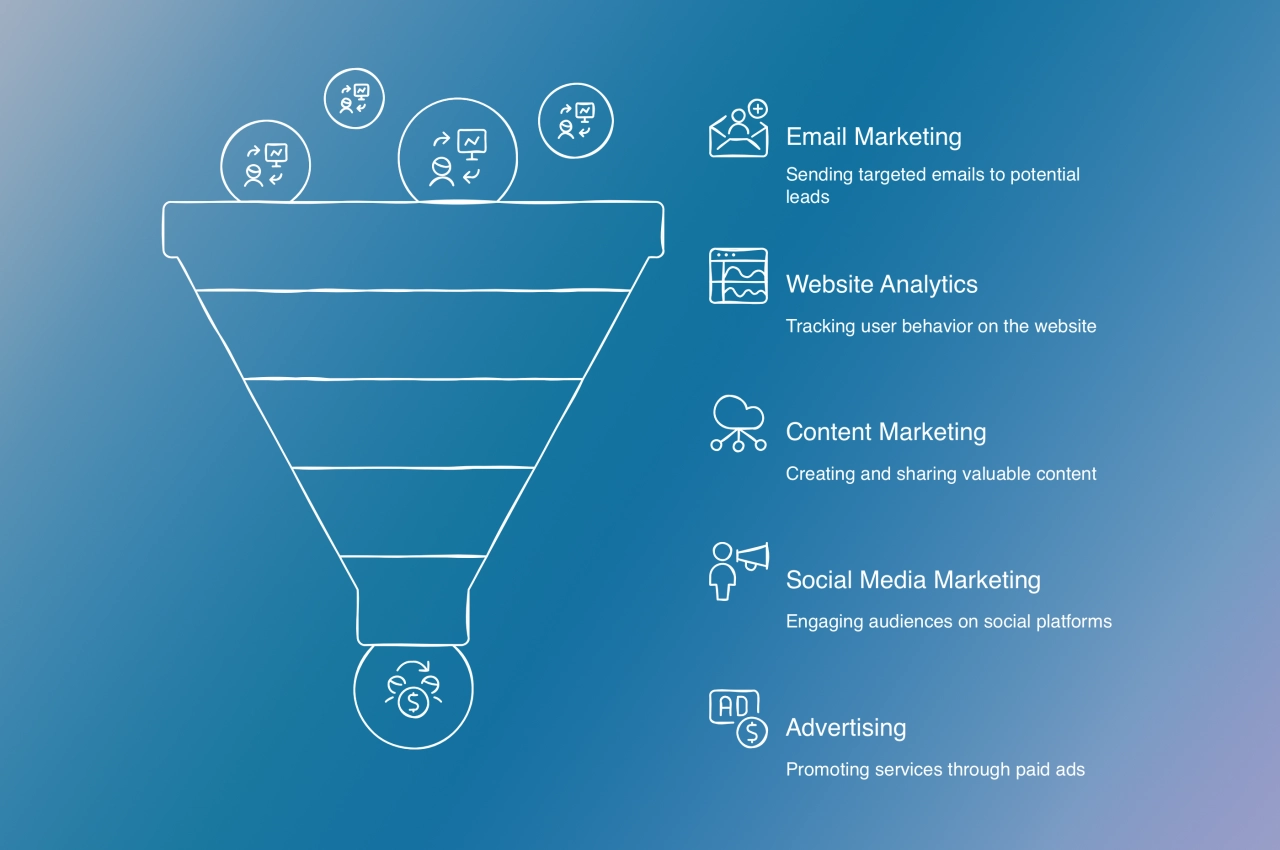
It is worth noting that lead generation and inbound marketing for agencies are not one and the same (although some may use them interchangeably). As you will see later on in this article, there are perfectly efficient outbound automated lead generation tactics, just as there are inbound and advertising tactics.
Challenges in lead management
While effective lead management is a crucial aspect businesses need to implement, it does present several challenges.
Common reasons why companies lose leads include:
manual data entry errors
inefficient workflows
insufficient follow-up actions
Automation can address these issues by streamlining processes and reducing manual intervention. AI-powered tools automatically update CRM systems, assign tasks, and trigger follow-up actions, ensuring timely engagement with potential customers. By automating lead management, businesses increase response rates and conversion rates.
Pros and cons of automated lead generation
There’s a a long list of pros when it comes to this strategy—and some cons you should be aware of too.
Advantages
Time efficiency: Automated lead generation reaches many potential customers with minimal effort, allowing your team to focus on the most promising cold leads based on their interaction with your content and brand.
Manpower efficiency: Collecting the right amount of leads enables your sales team to concentrate on selling instead of sorting through numerous prospects.
Cost efficiency: Automated lead generation is generally more cost-effective than manual methods, offering better ROI without requiring significant resources.
Better customer experience: People prefer expert help over aggressive selling. Pushing products doesn’t work unless they are ready to buy.
Reach a wider audience: Automation allows you to reach global markets without needing extensive international infrastructure or costly campaigns.
Learn more about your ideal customer: Collecting more data helps identify your ideal customer and effective strategies. Automating lead generation facilitates this process.
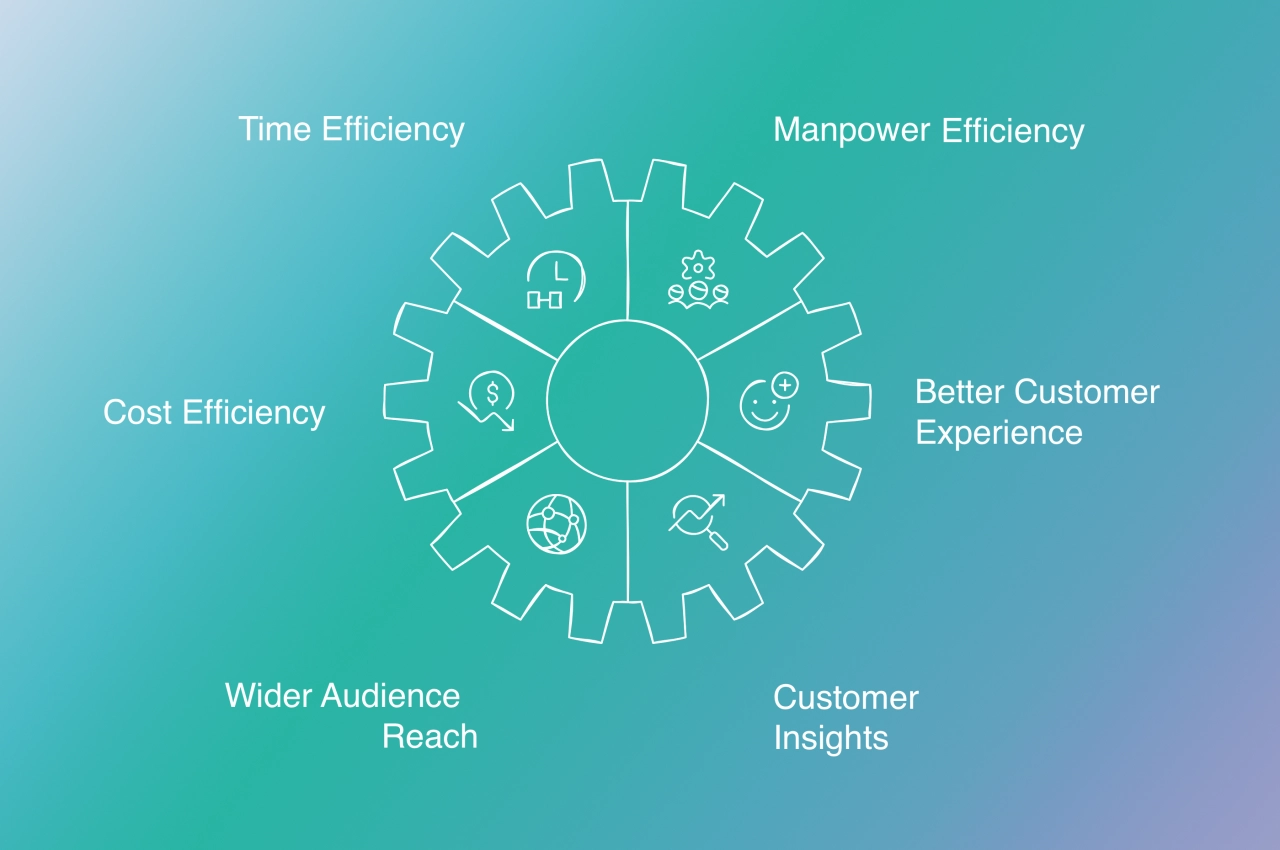
Disadvantages
Exposure to technical risks: Automation demands technical knowledge. Without it, you risk issues like data breaches, downtime, and software bugs, which may require filing bug reports to resolve.
Data security and privacy: Technical risks can lead to data breaches. Ensure your lead generation tool complies with data privacy regulations and secures collected data.
Loss of trust and authenticity: Automation should include human touchpoints to maintain customer trust and authenticity. Otherwise, customers may feel like just numbers in a system.
Data overload and automation fatigue: Autopilot lead generation can overwhelm with data, leading to automation fatigue, causing disengagement if lacking human connection.
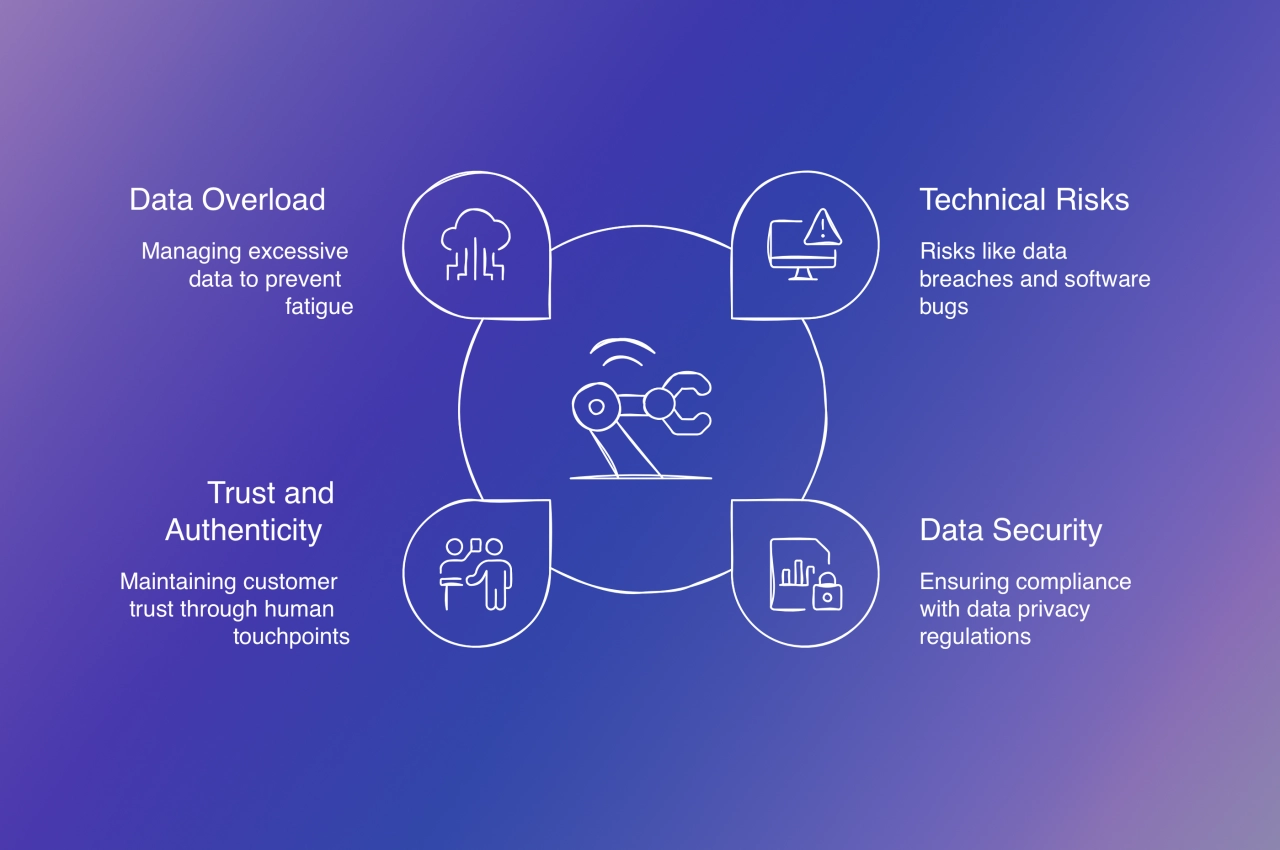
15 ways to automate lead generation in 2025
If you’re keen to automate lead generation for your business, here are some tactics you may want to consider.
Cold email outreach
Cold email outreach refers to the practice of sending unsolicited emails to people or businesses that you think may be interested in your product or service. Although many argue that cold email is dead, the truth is that it can definitely work, especially for some types of industries.
The secret to running successful cold email outreach is to focus on building relationships and expanding your network, rather than on selling to people. As mentioned before, people are wary of any salesperson knocking on their door (even if it’s just a digital door). So if you want to succeed at cold email outreach, you need to focus on building relationships first.
Also, do keep in mind that you only lists of emails you are allowed to access into your cold email tool, as sending unsolicited emails is in violation of the CAN-SPAM Act and GDPR regulations (both of which protect users and fine businesses that don’t comply).
Custom chat messages
Have you ever navigated a website and seen a popup message inviting you to ask any questions or get help? That’s what custom chat messages are. They’re automated messages that invite people to discuss more about specific features.
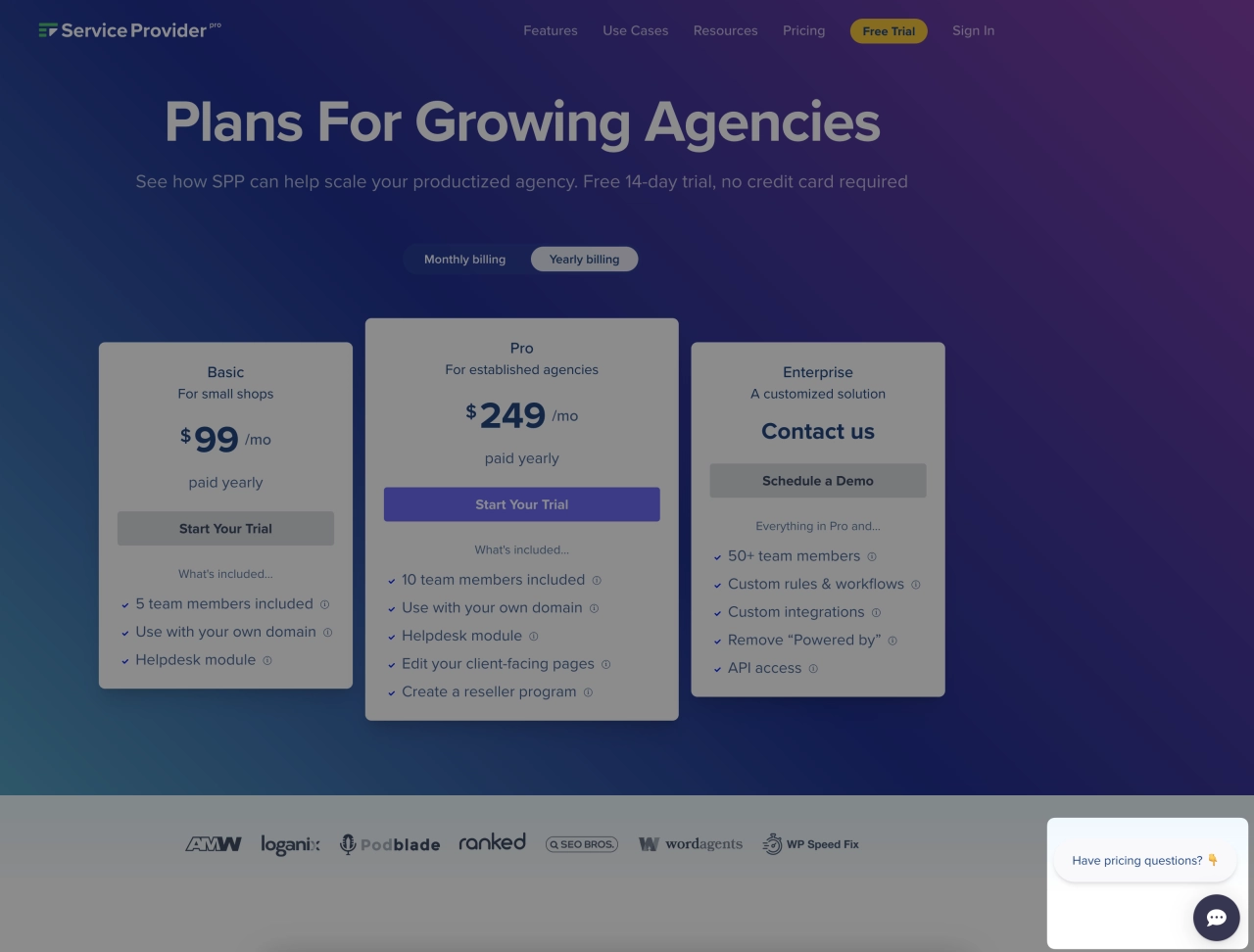
The best custom chat messages are automated to fit the specific content on the page they’re triggered on. For example, if you’re in the market for a new SaaS tool and you’re looking at the page where the seller describes their pricing, the pop-up message will likely include something along the lines of “Do you have any questions about our pricing?”
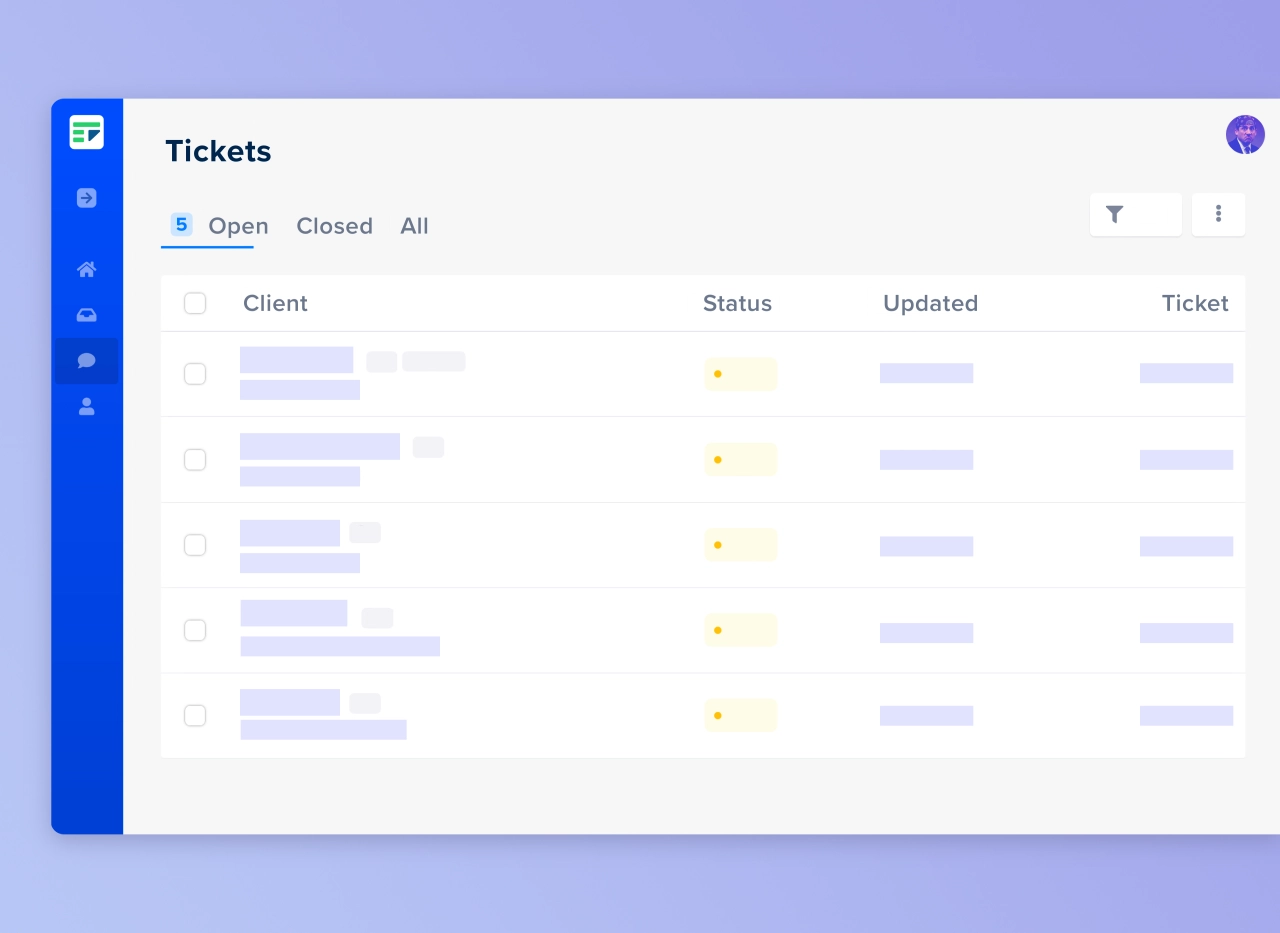
Communicate with leads and clients through our helpdesk.
This way, you can turn a potential lead into an actual customer by inviting them to have a conversation and ask all questions they may have. This kind of approach builds rapport and trust, making it more likely that a person will buy from you.
Building a pipeline of leads with specialized tools
Tools like Leadfeeder allow B2B businesses to build a pipeline of leads by tracking website visits and other data, even if they don’t leave their contact details. Anonymous website visitors are basically turned into company profiles, thus allowing you to reach out to decision makers in those organizations and open a discussion about your product.
Automated inbound marketing
Thanks to inbound marketing, you are able to attract interested individuals, encourage them to share contact details, and nurture them until they’re ready to buy. For example, selling design services involves creating content that answers relevant queries, optimizing it for search engines, and encouraging engagement through newsletters or downloadable resources. Once you’ve obtained a leads contact information, nurture them until they become a customer.
Automated advertising
Automated advertising refers to the process of using algorithms to buy, place, and optimize digital ads. This can be done with a variety of different channels: Google, Facebook, TikTok, or various programmatic channels.
Advertisers can, for instance, create a campaign in Google Ads and set up automated bidding strategies that take into account the user behavior, search history, demographics, and the pages they’ve already visited. Likewise, advertisers can also automate a campaign to target people who have already visited your website (or a specific page on it—such as the pricing page, for example).
Top tools to use for automated lead generation
There are a lot of tools to automate lead generation, but some of the best ones include:
CRM tools for agencies: Capsule, Odoo, HubSpot
Data collection: Sales Navigator, Phantombuster, LinkedHelper
Email marketing tools: Constant Contact, AWeber, Klaviyo, Mailchimp
Marketing automation platforms: Marketo, Pardot, and Hubspot
Social media tools: Hootsuite, Buffer, and Sprout Social
Lead generation software: Leadfeeder, Leadpages, and noCRM.io
Form builders for lead capture forms: Service Provider Pro’s white label form builder
Content management systems: WordPress, Drupal, and Squarespace Analytics software
Appointment management: Calendly, Chili Piper, Hubspot Meetings
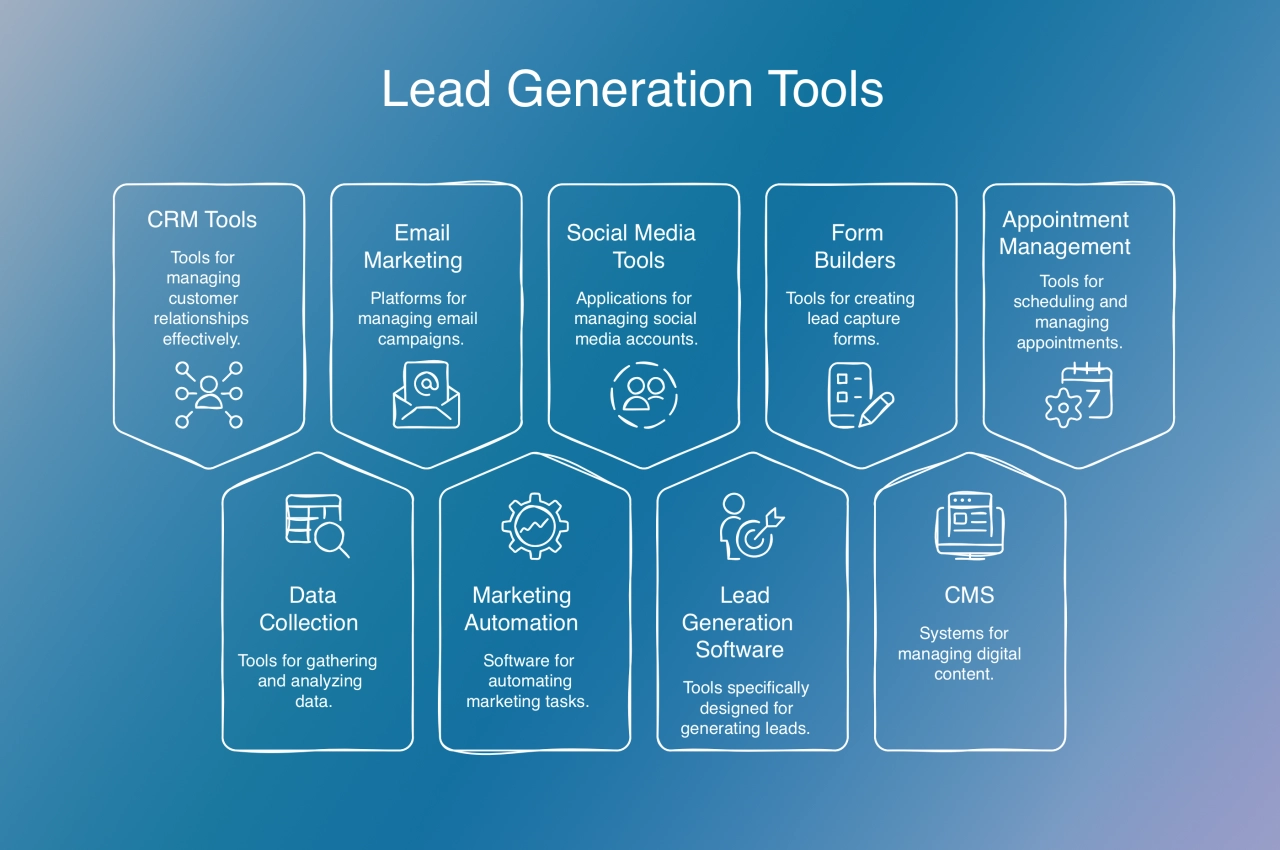
One important aspect when choosing your tool stack is to focus on those that help you automate lead processing. Ideally, they integrate with each other, but if not, support automation platforms such as Zapier and Make.com.
Automated lead generation best practices
All the lead generation tools in the world can’t save bad strategy, a faulty funnel, a lead generation page that doesn’t address key concerns, or poor data collection practices. Therefore, when automating your lead generation efforts, it’s important to keep the following practices in mind.
Regular data analysis
Analyze data regularly to understand which channels and campaigns work best for you. This can help you adjust your strategy to maximize lead generation and optimize ROI.

Furthermore, remember to maintain data hygiene for all the information you collect from your website visitors. Lead nurturing is only as powerful as your data is clean and well-segmented.
Segmentation
Segment your leads according to their interests and behavior. This way, you can personalize run email automation content and offers that’s personalized to their experience, their needs and wants, and, ultimately, to what makes them most likely to buy from you.
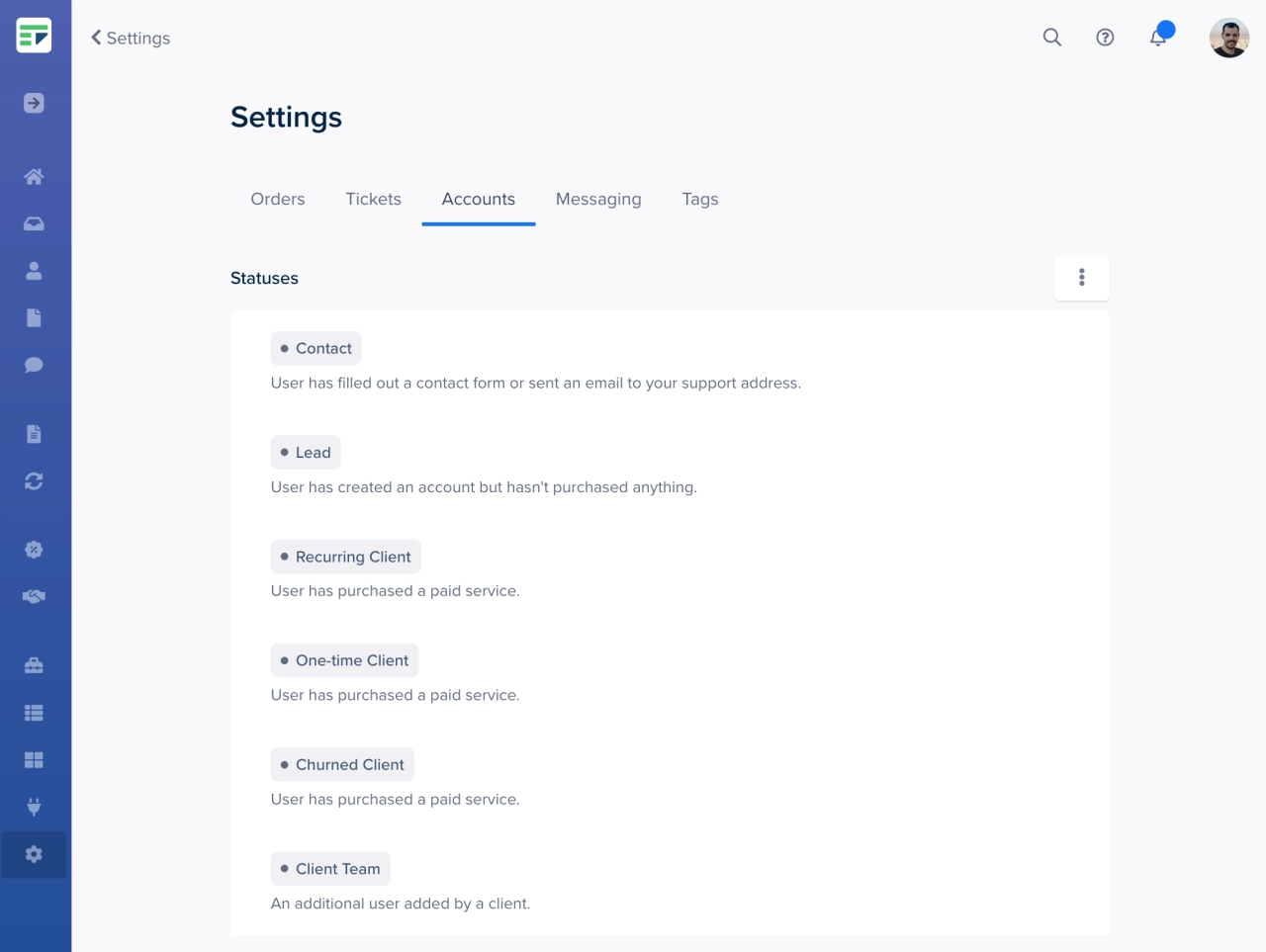
In SPP, you can add custom client statuses and segment your customers easily based on actions they take or services they buy.
Create buyer personas
Take some time to study your target audience: who are they? What are their needs, wants, and interests? What is likely to make them tick? Creating buyer personas allows you to build marketing campaigns and automated sales outreach campaigns that feel personal and human (which is precisely what most target audiences respond best to).
Craft a good lead magnet
If you choose to gate content for lead generation, ensure your lead magnet is attractive, useful, and specific to your target audience. Content that helps solve problems or provide valuable insights will be more likely to convert. Long gone are the days when you could get away with a lackluster PDF lead gen asset. To receive anything from your prospects, you need to give them everything you can—again, and again.
Lead generation automation FAQ
How do you auto generate leads?
To generate leads automatically, you can use lead magnets on your blog, segment users and target them individually, and use automation software to improve your process.
Can you use AI to generate leads?
Chatbots are the most popular AI solution to generate leads. They can answer basic questions and forward warmed up leads to a human person who then engages with them.
Get high-quality leads via automation
Done right, automated lead generation can save time, maximize ROI. However, it’s neither a magic spell, not a way to replace your entire marketing and sales team. You can automate almost every stage of the lead generation process, for sure—but remember that your target audience is made of humans.
And just as you may find it annoying when a robot answers the phone and asks you to press buttons to get information, so does your audience. Make sure your automation efforts support your humans, and not the other way around. In a world crowded by overly transactional emails and robotic messages, personalization and empathy are precious commodities and major differentiators.
